Hose/Chausses
Up until 1921 most of what we know about the construction of hose was from pictures in manuscripts. in 1921 our understanding of their construction greatly increased by the findings of Paul Norlund. he excavated 70 textiles from the Herjol Fsnaes Church ruin in Greenland. they dated back to the founding of Greenland by Norse Vikings in 980ce. This excavation had six hose in it. one matching pair was twill wool cut on the bias to allow shaping. Another was cut on the Strait grain with slits on the ankles to allow shaping and ease putting them on and off. The last kind found at this site was cut on the strait grain with no toe or heal.

Hoods
This some excavation also allowed us to see and understand the construction of hoods seen in many manuscripts and paintings. there were two types of hoods found. the first had a full shoulder cape and went over the head.the second had a full shoulder cape but was a button closer in the front. It was long thought that pull over hoods were masculine and buttoned ones were feminine. however proof from pictures in manuscripts and paintings have long since proven this assumption to be false.
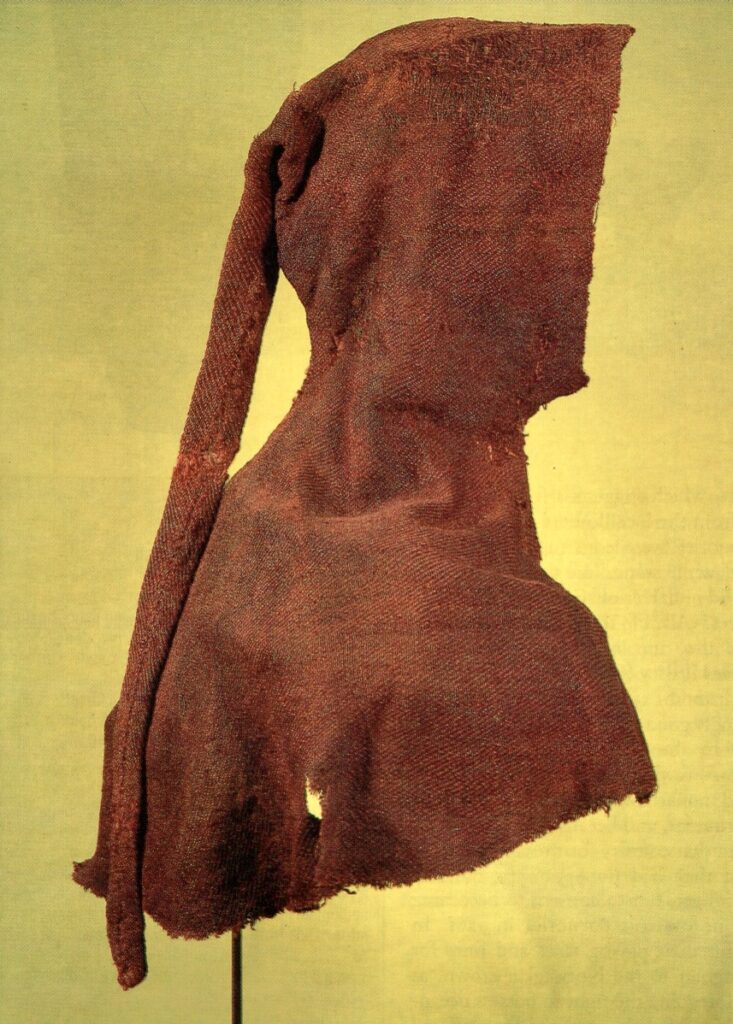
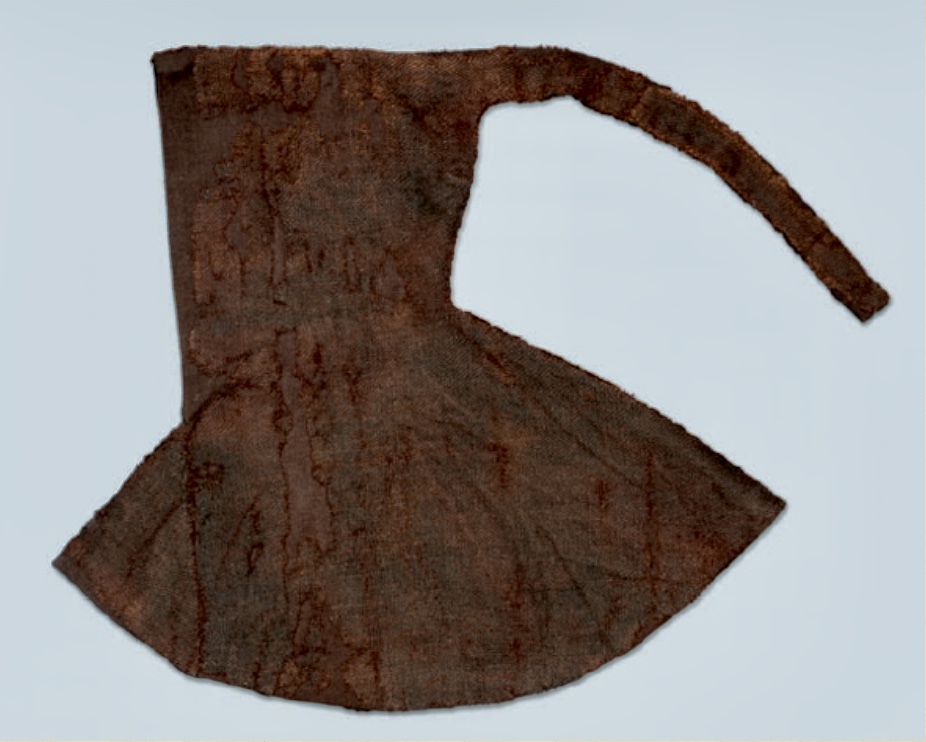
Cotehardie
In the 14th century the Cotehardie underwent a drastic change between 1300 and 1400. it went from flowing down past the knees and loosely fitted to very short and tightly fitted by 1400. The reasons for this change are argued among scholars as to the reason. three main reasons seem to be the most argued.
1-Due to the pandemic men wanted mates to see their healthy bodies
2-Due to the high cost of fabric and the need to show wealth after the plague
3-Others blame the French, Italian and German influences on English fashion
All we really know for surreys that paintings and manuscripts show this change take place in great detail. It detailed in manuscripts that the older generation in England and France found these changes to be quite vulgar . An example of this is… John of Reading, an English Chronicler wrote that the short, narrow, hampering, cut all about laced in every part as a demonic change in mens fashion.Many of the extant pieces from the 14th period are pull over. though there are a few fragmented pieces that show front button closures and buttoned sleeves. most pictures in manuscripts and paintings do not depict the buttons. Written accounts in the manuscripts clearly describe buttons on the garments. these include wool, linen, silk and metals such as iron and pewter.

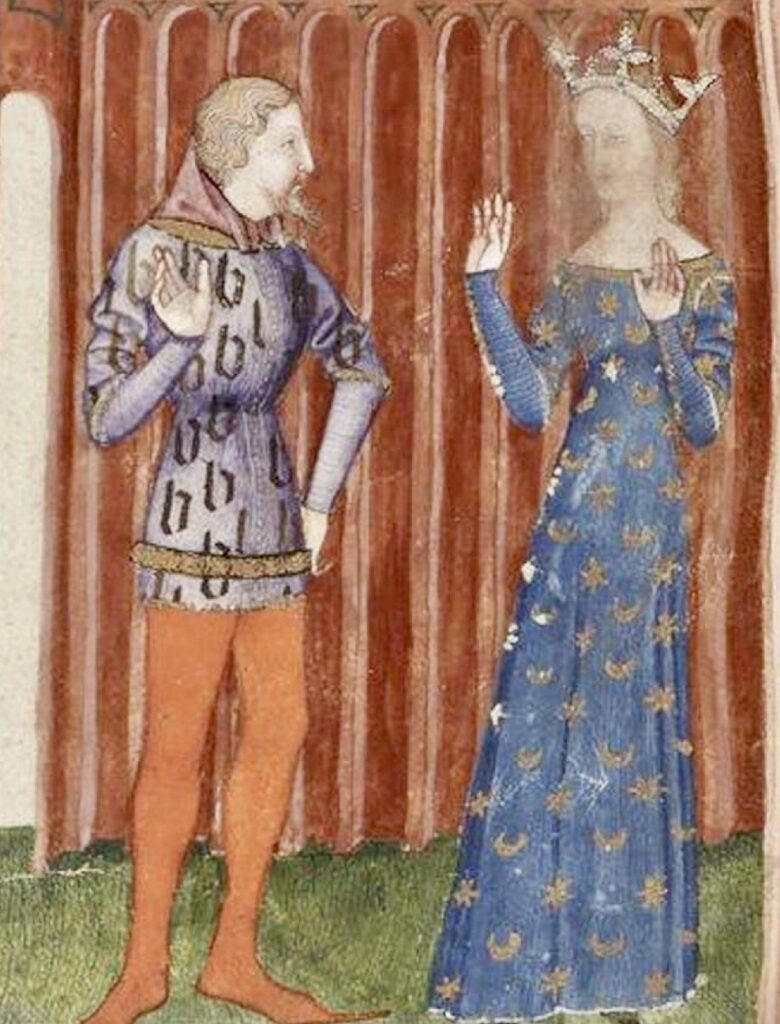
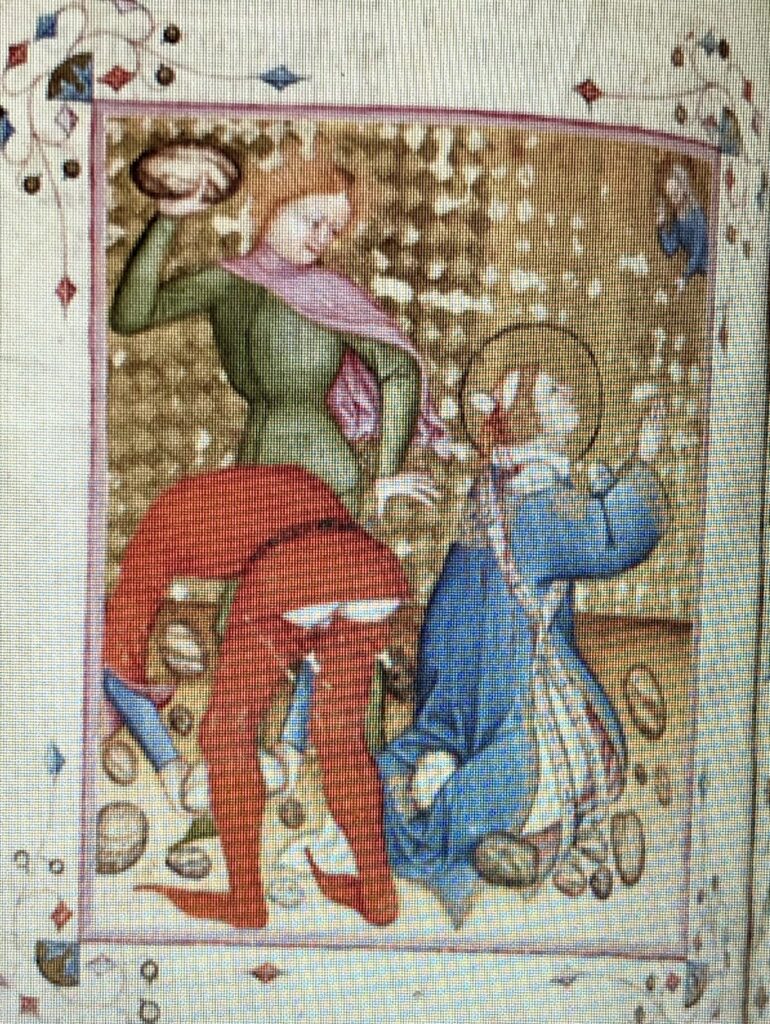
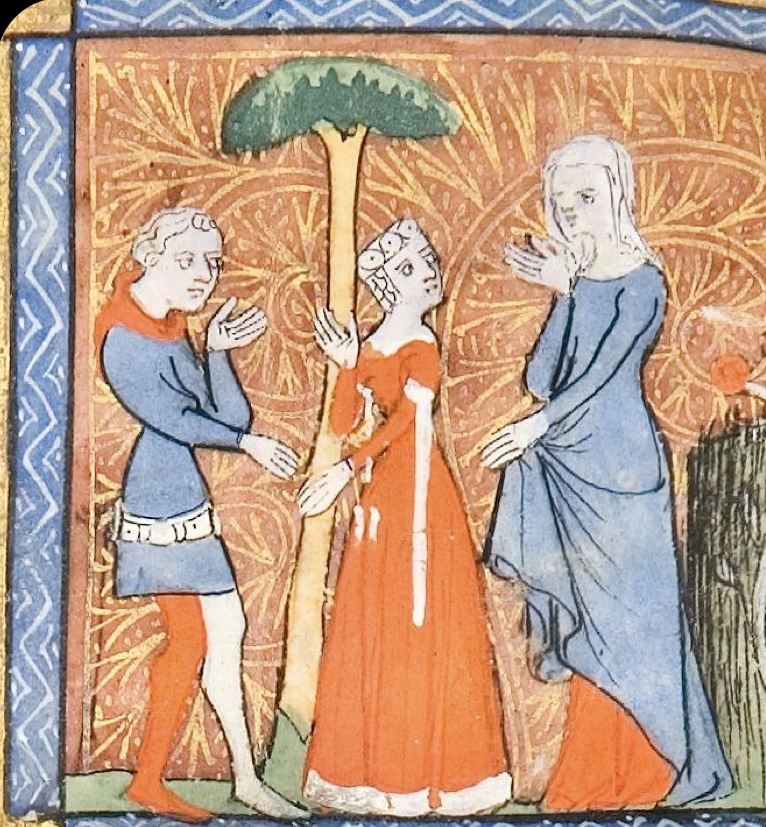

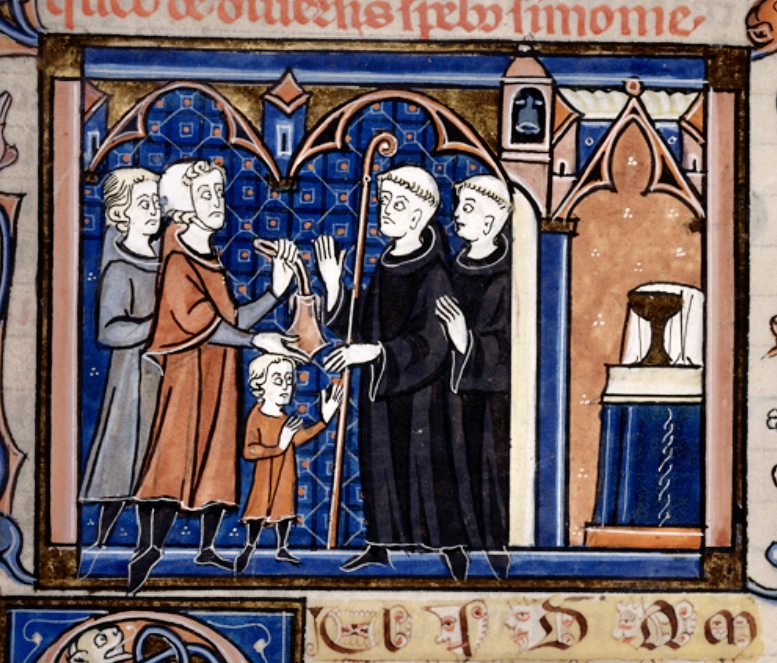
Bibliography:
British Royal Library Catalogue of Manuscripts
Manuscriptminiatures.com
British Library Manuscript Collection
University of Chicago Library Manuscript Collection
Boucher, Francios 20,000 Years of Fashion1987 Abrams, Inc., NY
Crowfoot, Elizabeth, Pritchard, Frances & Stanlind,Kay. Medieval Finds from Excavations in London:4- textiles and clothing c1150-1450. 1992: HSMO London
McGann,Kathleen Unpublished notes made at the National Museum of Ireland July 1998 and July 1999
Ostergard, Else. Woven into Earth : Textiles from Norse Greenland. 2004: Aarhus University Press, Aarhus,Denmark
Walton, Pennelope. “The Small Finds: Textiles, Cordage and Raw Fiber from 16-22 Coppergate.” In Archeology of New York, Vol17. 1989: Council of British Archeology, Dorcet.


Lots of great pictures here!
Regarding hoods – I’d have to recheck Norlund, but to my recollection none of the hoods found at Herjolfsnes had buttons or other closures. The type B hoods have a seam at the center front, but I don’t think any of them had evidence suggesting it wasn’t stitched. Obviously, there’s lots of pictorial evidence of hoods with buttons from mainland Europe and the British Isles. But, I think this is a fancier development that wasn’t really used in Greenland.
I’m really looking forward to seeing everything put together.
Thank you for your input. I am new to doing this kind of research and spent more time than I would like to admit scouring the internet finding material and extant pieces.
I am very much looking forward to showing the completed outfit. This has been an eye opening experience for me. I am interested to see how this goes so that I can take this experience and use it to improve my skills for future A&S projects.
Three more sources for you to check out for future research! 1) Stella Mary Newton’s *Fashion in the Age of the Black Prince*, 2) *Woven Into the Earth*, which has all of the details on the Greenland finds, and 3) for practical instructions, *The Medieval Tailor’s Assistant*.
For someone just getting started you’ve done an excellent job of finding sources.
Thank you so much for you input. I will definitely take your advice and check those sources out.